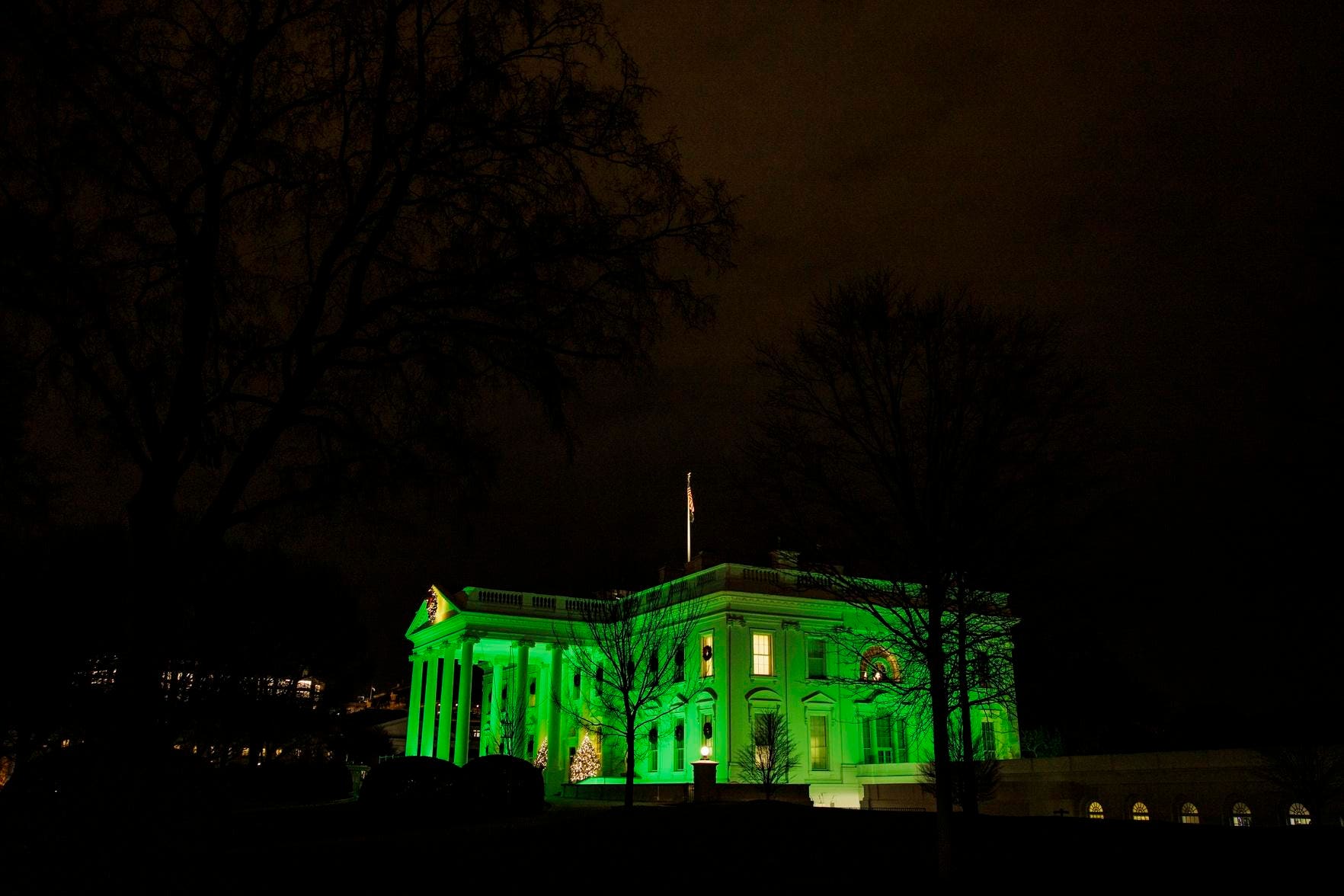
This article is more than
9 year oldHispanic growth rate in U.S. lowest on record
MIAMI — The Hispanic population living in the United States is growing at the slowest rate since official record-keeping began nearly 50 years ago, according to a report released Thursday.
Hispanics grew by an average of more than 5% annually throughout the 1970s, '80s and '90s, driving much of the population growth in the country. But according to a new reportfrom the Pew Research Center, that number started falling in 2007 with the Great Recession and continued to slide to a record-low 2.1% growth rate in 2014.
Mark Hugo Lopez, director of Hispanic research at Pew and a co-author of the report, said the drop is because of lower levels of legal and illegal immigration to the United States from Mexico and lower birth rates among Hispanics.
"These two together are slowing Hispanic population growth at the national level," Lopez said.
The report comes as immigration and the role of Hispanics in the U.S. continue to play a central role in the presidential election. Republican Donald Trump has focused his campaign on stopping illegal immigration and slowing legal immigration, while Democrat Hillary Clinton has vowed to protect some undocumented immigrants from deportation, trying to maximize her appeal with Hispanic voters.
Lopez said Hispanics continue driving much of the country's growth in recent years, accounting for 54% of the nation's population growth since 2000. But as fewer Hispanic immigrants enter the country and more Hispanics settle into their communities, the group is not spreading around the country as widely as it once did.
The share of U.S. counties with at least 1,000 Hispanics grew from 27% in 1990 to 38% in 2000 and 46% in 2007, according to the report. Since then, the share of U.S. counties with at least 1,000 Hispanics has only grown 4%.
Lopez said the counties that remain with small numbers of Hispanics are mostly remote places that don't have job markets to lure large numbers of people, Hispanic or not.
"You're talking about counties in rural Alaska or rural Montana," he said. "Maybe the Latinos have dispersed across all the counties that have economic opportunities for them."
The report also highlighted the rise in immigration from other countries, including China and India. The growth rate of the Asian population in the U.S. is now higher than the Hispanic population. Randy Capps, director of research for U.S. programs at the Washington-based Migration Policy Institute, said that's partly due to the large number of Hispanics in the U.S. that makes it difficult to maintain such a high growth rate.
There are now 55 million Hispanics in the U.S., which represents 17.4% of the population. So Capps said it's difficult to imagine that Hispanics could return to the days of 5% annual growth.
Mexico's economy has improved, meaning fewer people are immigrating to the U.S. There have been recent increases in the number of Puerto Ricans moving to the U.S. mainland to avoid the island's economic woes, plus Central Americans rushing across the southern border fleeing their region's violence. Capps said those increases can't match the volume of Mexicans who came in recent decades.
"I don't think we're going to see those kinds of increases again," he said. "Unless something dramatic happens in Mexico, it's very hard to see a return to those increases we had 10, 15 years ago."
Other findings from the report:
- The only areas that saw drops in their Hispanic population from 2007 to 2014 were focused in a rural corner of western Texas, southern Colorado and northern New Mexico. Lopez said those are agricultural areas with older populations, meaning people are dying faster than immigrants are moving in.
- About 72% of Hispanics in counties with the fastest-growing Hispanic populations speak English proficiently, compared to the national average of 68%.
- States with the largest number of Hispanics remained California (15 million), Texas (10.4 million), Florida (4.8 million), New York (3.7 million) and Illinois (2.2 million).
- States where Hispanics make up the largest percentage of the population are New Mexico (48%), California (39%), Texas (39%), Arizona (31%) and Nevada (28%).
Pew conducted its review using data from the U.S. Census Bureau. The bureau began counting Hispanics in 1970.




